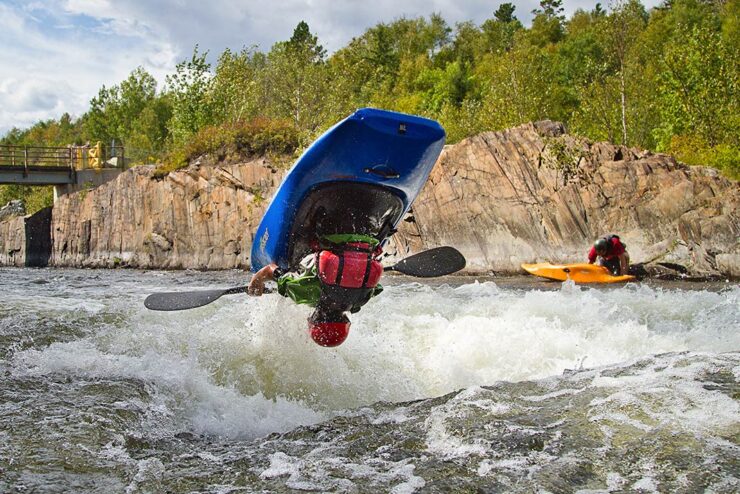Buying freestyle gear for the first time? What to consider?
There are a lot of different pieces of gear that are very helpful or even vital for freestyle and the amount of choice can be very daunting. I’m going to walk through all the different pieces of kit so you can make an educated decision on what to buy.
I will be giving some example products in the article. Keep in mind that those examples are based on my personal experience and that i am not paid by any company. There are a lot of different brands with great products out there.
Table of Contents
ToggleFreestyle Kayak Paddles
First of all you are going to need a paddle. Buying a freestyle specific paddle is not required as any whitewater rated paddle will get you started. Freestyle specific paddles will obviously offer more performance and a smoother experience.
There are three materials paddles are generally made of plastic, fiberglass, or carbon fiber.
Plastic Paddles
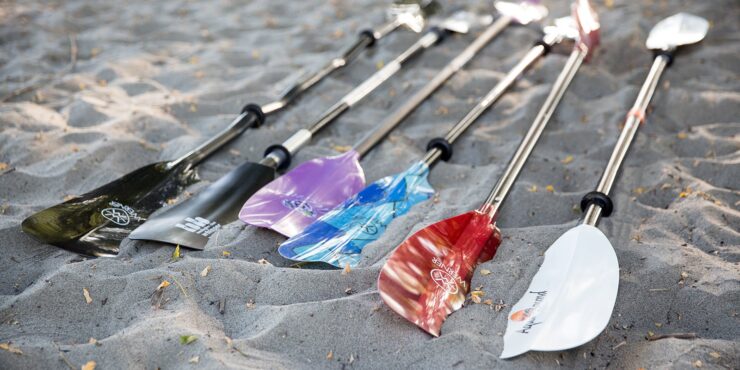
Plastic paddles are the cheapest ones. Plastic as a material is quite flexible, meaning you won’t get as much energy out of your strokes and it will provide less stability when leaned on than the more expensive materials. A positive for the plastic is the fact that since it bends more it’s less likely to crack under pressure, so it will most likely last a long time. A good example of quality plastic whitewater paddles would be the Werner Rio FG coming in at 135$ MSRP.
Fiberglass Paddles
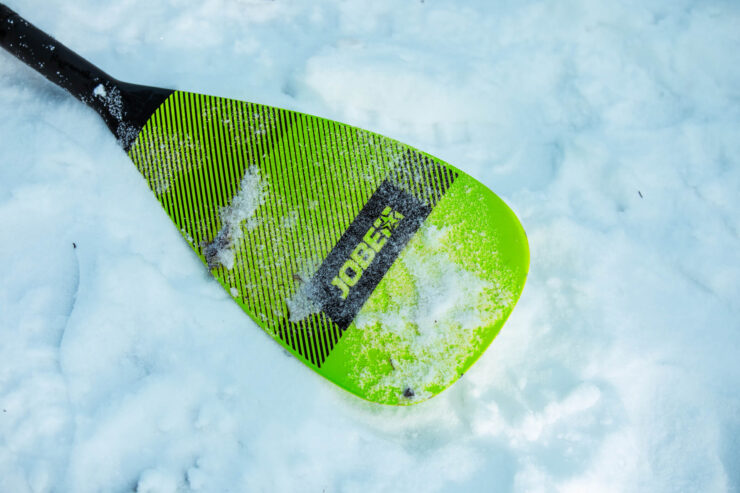
Fiberglass is the first material that is noticeably stiffer. Fiberglass paddles are pressed together and are available in a lot of different sizes and shapes. The stiffness means that you get more power out of every stroke. Because of the construction technique, fiberglass blades will wear from the edges over time when hitting against rocks and other obstacles. The paddles are also prone to cracking if under really high pressure, where a plastic paddle might bend and survive. If you are doing some kind of paddling very close to other paddlers like boardercross, it’s important to a tape of the edges of the blade to avoid chunks that could fly out from injuring fellow paddlers.
Carbon Paddles
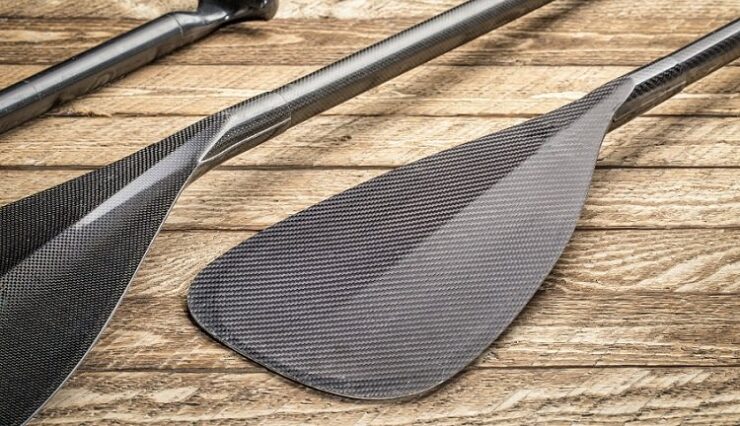
Carbon is the high end material. There are carbon paddles available in pressed or foam core forms. Carbon pressed paddles are similar to fiberglass paddles but even stiffer and less durable. Foam core paddles are unique to any other type of paddle since the blades float. This allows the blades to offer more power and pressure and will improve your paddling. This also means that the blades are not pressed together meaning there won’t be nearly as much wear on the edges. These paddles are really expensive. The dedicated freestyle foam core paddle from Werner comes in at $365-$545 MSRP.
Straight vs Bent Shaft
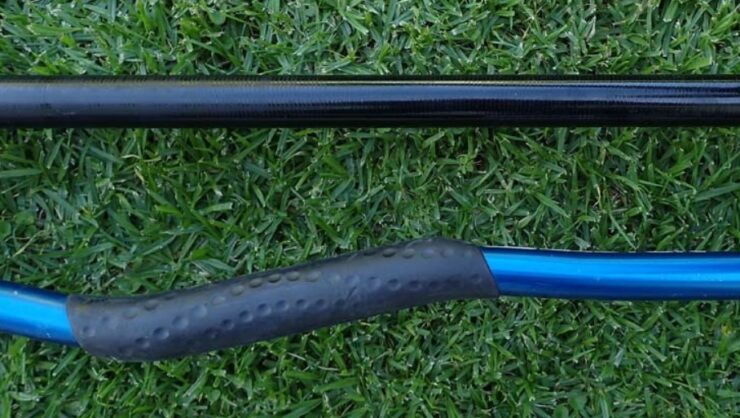
There are two kinds of shafts for paddles. Straight and bent. The straight shafts are a lot cheaper (usually around $100 cheaper). They can be more familiar since beginners almost always start paddling with straight shafts and they allow for more freedom for the grip width.
The advantages of the bent shaft are the better ergonomics and increased power of the strokes. Bent shaft paddles are limiting the grip width, so it’s really important to test the paddle before buying to make sure the grip fits you well.
Topdeck combos and spray decks
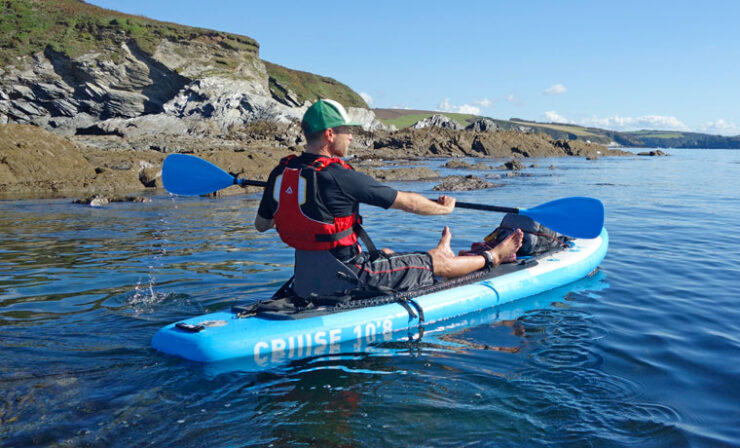
Obviously, you don’t want water in your boat, so you need gear to keep it out. You will have to choose between a combo and a spray deck.
Starting off with what most people are using: the regular spray deck. There are a lot of different brands producing high quality spray decks so if you buy one from a well known brand you should be fine as long as it fits well. You need to test how well it fits on you to keep the water out while wearing gear and how well it fits on your boat of choice. Keep in mind that the deck will stretch over time and get looser so getting a deck on the right side is not a bad idea. I have personally had a bad experience with snapdragon decks since they are really loose and can pop unexpectedly.
Nowadays most high level freestyle paddlers are using combos. They combine the jacket and the deck into a single piece of gear making it more waterproof and faster to put on. They are generally more expensive but in some rare cases can even save money. It’s generally recommended to order one made for your boat and body structure since it can be hard to find a model that fits both you and the boat off the shelf. There are a lot of different models of wide price ranges for different climates and durabilities. If you are paddling in a very warm environment a light, cheap short sleeve combo will be enough but if you are planning on paddling harder whitewater in the cold you will need a warm, long sleeve combo with possible padding.
Helmets and PFDs
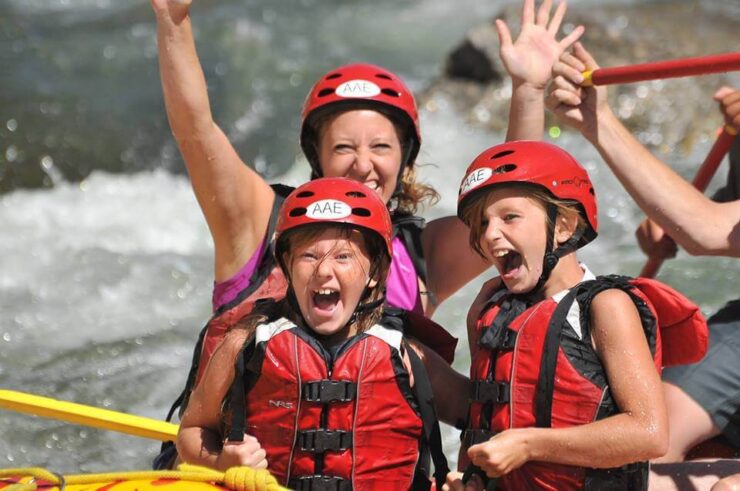
Even though freestyle is a fairly safe sport, it’s still very important to always wear a helmet and PFD.
You should wear safety gear that suits your needs. If you are cartwheeling a low power hole by your house, you are not going to need a heavy full face helmet and a full rescue PFD and if you are trying to surf huge waves in the Ottawa river a low profile slalom gear is not going to be enough. If you are into competitive freestyle in holes, it is highly recommended that you get an ICF certified low profile PFD that allows for the maximum amount of maneuverability.
Even when more safety gear is required, I would still stay away from bulky full rescue vests meant for class V rescue, since it’s going to limit your performance greatly. Models like the NRS ninja are great for the middle ground. Full face helmets have more impact on performance that people think since most moves are started with your head’s movement. It’s important to invest in the helmet over any other piece of kit since you are always going to be wearing it and it needs to be comfortable and most importantly safe.
Buying helmets second hand is always an option just like with any other piece of kit, but it’s important to check the helmet for any damage since it could limit its protective properties greatly.
Drysuits And Other Gear To Keep You Warm
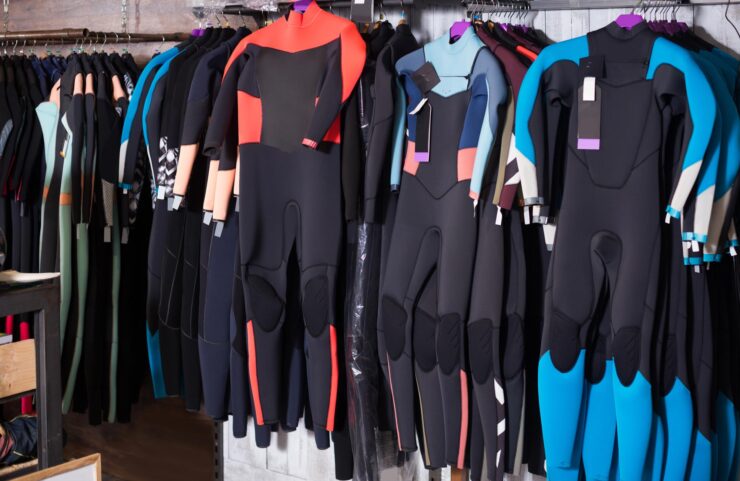
When paddling in colder conditions it’s important to stay warm to avoid hypothermia and to keep it enjoyable.
When buying drysuits it’s important to think about what you need for what you do. The most versatile option is to get a separate jacket and dry pants, since you can get rid of the pants when the conditions get warmer. When looking at jackets, it’s important to make sure it has a dual waist, It’s warm enough, and that it has gaskets. Usually, the more expensive ones will be warmed than the cheap ones. You should always try moving around in the jacket before purchasing to make sure it doesn’t limit your maneuverability.
Dry pants are important in case of a swim and make moving around on the river banks a lot more comfortable in the cold. I highly recommend getting one with suspenders that go well under the jacket to make sure they stay on well during high stress situations.
For really cold conditions full wetsuits are also a very good option. They should keep you completely dry since there is no gap on your waist. Wetsuits tend to be more expensive than buying them separately, so make sure it fits you well. I have personally never owned one, so I can’t really give any recommendations.
River shoes are very important for safety around the river and will also protect you when swimming. For warm conditions soft shoes to protect your skin could be enough if you are not running hard whitewater but for cold conditions or harder whitewater, shoes are very important. Warmth is obviously important since your feet are usually the first part that gets cold and will make it much more comfortable. If you find yourself hanging around class IV-V whitewater it makes sense to get harder shoes that will protect your feet from rocks and other hazards of the river. The grip is also very important for rescue. In case something goes wrong in the river, you might have to work with ropes or other rescue equipment on the slippery river banks, and having good, grippy shoes will make that a lot more comfortable.
If the water is cold, gloves may come in handy. While I personally don’t like wearing gloves while freestyle paddling I know a lot of people that do and it does add to the comfort. There are a large variety of different whitewater gloves available. The most common type of whitewater glove is the normal waterproof glove you shove between the sleeve and the gasket. There are mitten versions available from most brands providing more warmth while sacrificing some freedom of movement. If you don’t have a jacket where you can easily shove the glove under the sleeve, you need to get a pair with some kind of adjustment on the wrist to stop water from going in.
In Conclusion: Choosing The Right Freestyle Gear
Focus your investment in the safety gear to make sure it’s safe and comfortable, only get high end gear if you need it since going overkill could even hinder your performance and test the gear out to find what suits you the best.
Adelaide Gentry, a seasoned kayaking enthusiast and expert, is the driving force behind KayakPaddling.net. With over a decade of experience navigating the world’s most challenging waterways, Adelaide combines her passion for adventure with a deep knowledge of kayaking to provide insightful and practical guidance for paddlers of all levels.
Related Posts:
- 15 Best Baitcasting Reel Under $100 2024 - Improve…
- 16 Best Kayak For Beginners 2024 - Kayaking Adventure Gear
- 17 Best Trolling Reels 2024 - Enjoy your Fishing Adventure
- Heavy Duty Fishing: 11 Best Rods And Reels For Big Fish 2024
- 12 Best Beach Wagons & Carts 2024 - For All-Terrain
- 10 Best Fishing Kayak Under $1000 2024 -…

